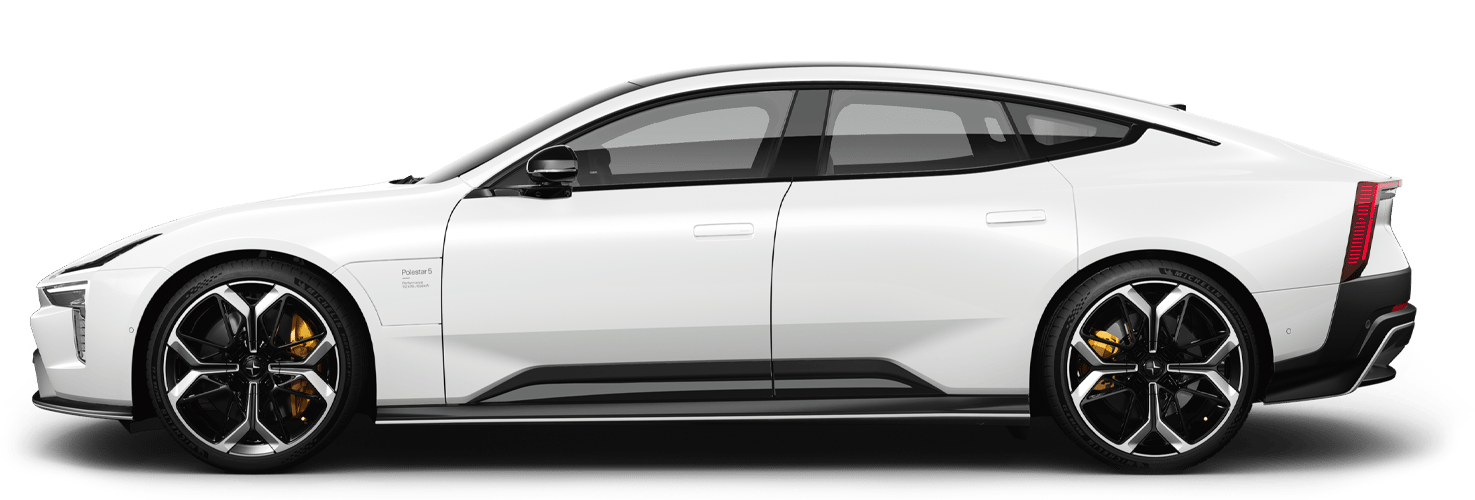Charging power
Charging power is used for charging the high voltage battery as well as preconditioning of the car. Charging takes place with a charging cable connected to the car's charging input socket and a 230 V socket1 (alternating current) or via a charging station.
When the charging cable is activated, the driver display shows a message and a lamp in the car's charging input socket illuminates. The car's centre display is activated at the same time and shows the settings for charging. The charging power is mainly used for battery charging, but is also used for preconditioning the car. When the car's batteries are charging, the 12 V battery is also charged.
Important
Never unplug the charging cable from the 230 V socket (alternating current) while charging is in progress - there is then a risk of damaging the 230 V socket. Always stop charging first before unplugging the charging cable from the car's charging input socket and then from the 230 V socket.
Note
- If the weather is very hot or very cold, some of the charging current is used to heat/cool the high voltage battery and the passenger compartment, which results in a longer charging time.
- The charging time is extended if preconditioning has been selected. The time required depends mainly on the outside temperature.
- Fast charging with up to 150kW power output is possible under good conditions for high-voltage battery and charging station. The charging power is limited towards the end of fast charging.
Charging time (alternating current)
The charging time varies depending on the amperage set in the centre display or the available charging power. The following charging times are applicable when air conditioning or any other consumer is not affecting charging. Charging time may also vary depending on battery size. If charging time seems long, it should be investigated.2
| Current (A) | Charging power (kW) | Charging time (hours) |
|---|---|---|
| 6 | 4 | 22 |
| 10 | 6.8 | 14 |
| 16 | 11 | 8 |
Charging time during fast charging
Fuse
Normally several 230 V consumers are included in a fuse circuit, so additional consumers (e.g. lighting, vacuum cleaner, electric drill, etc.) can be on the same fuse.





